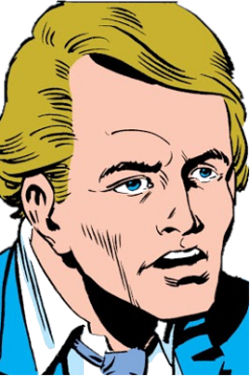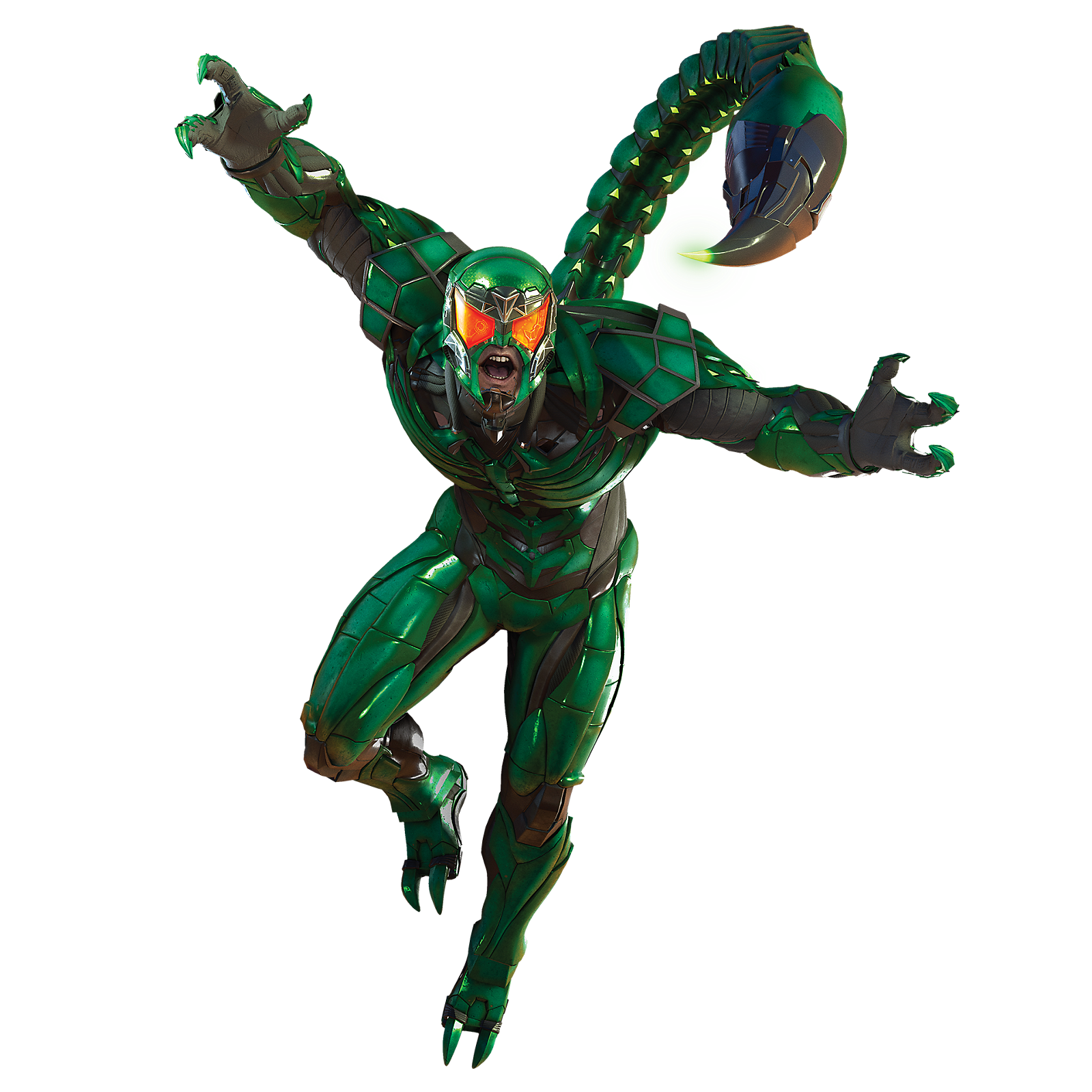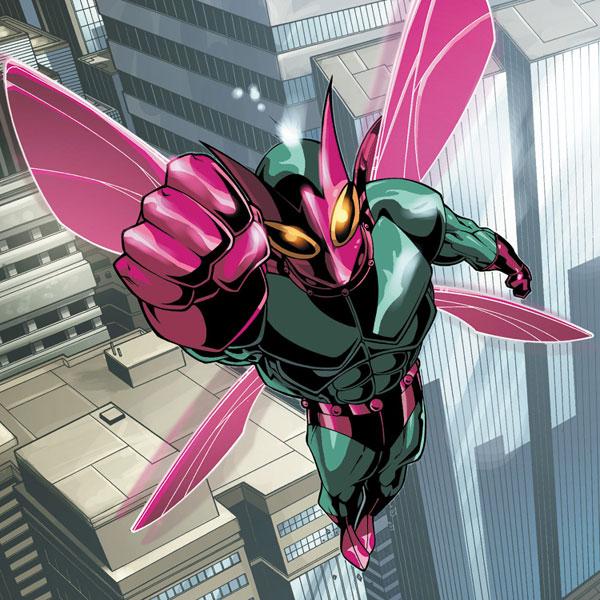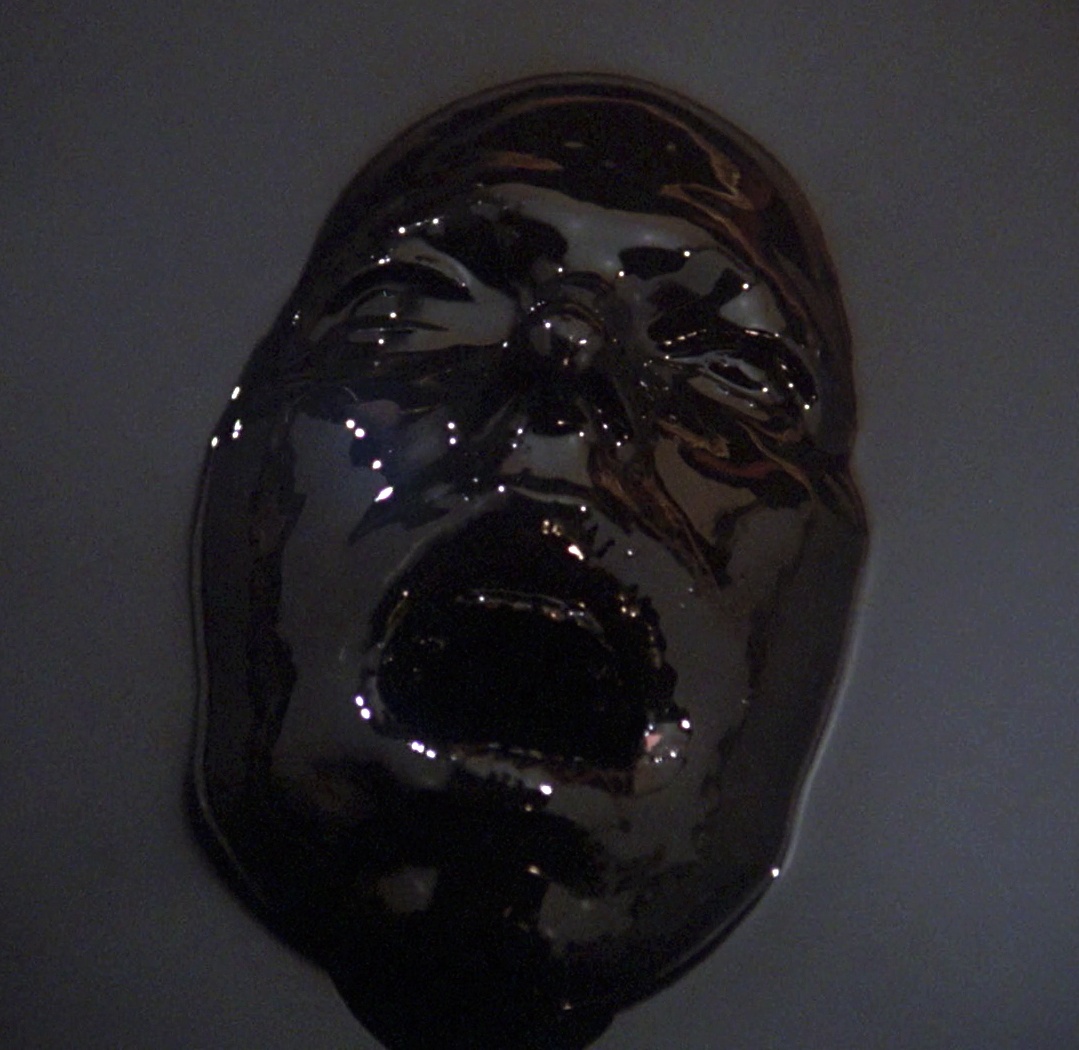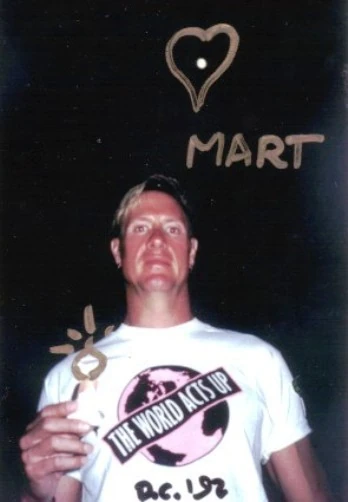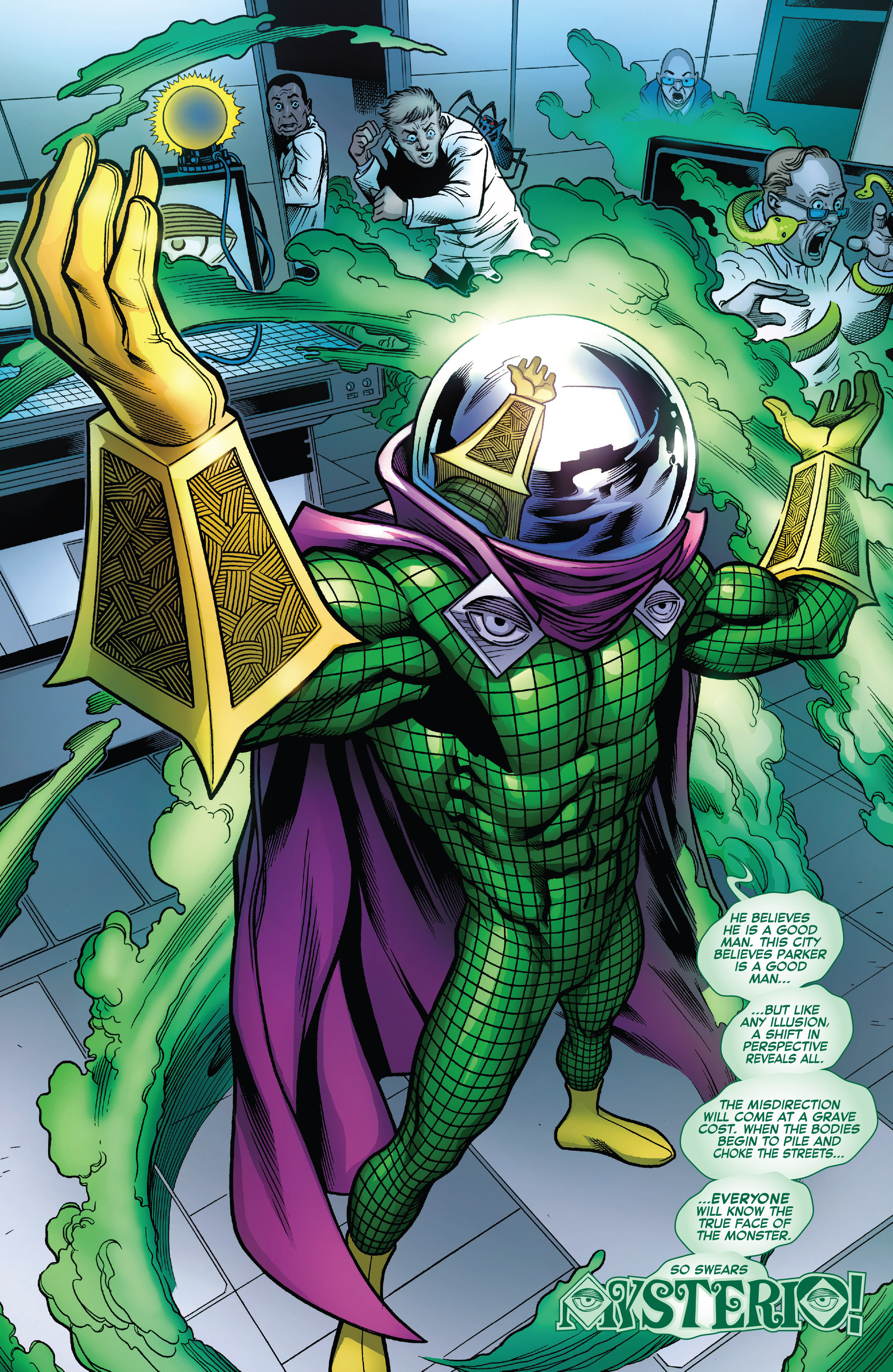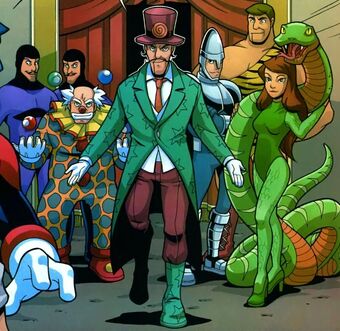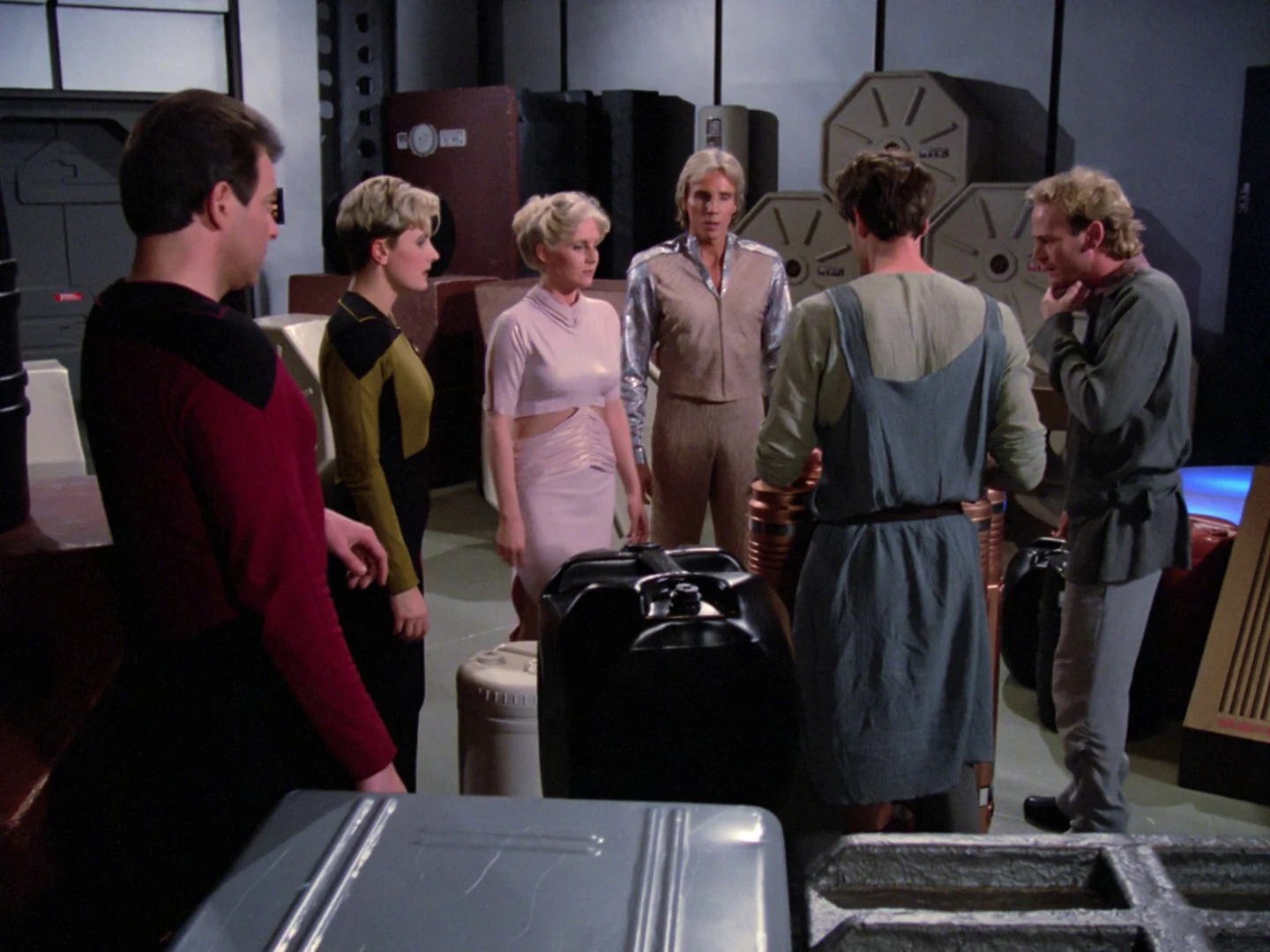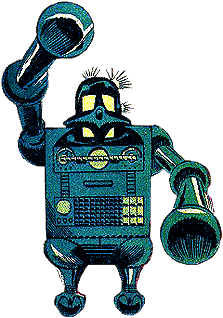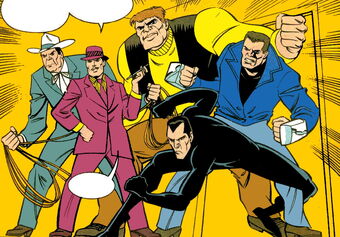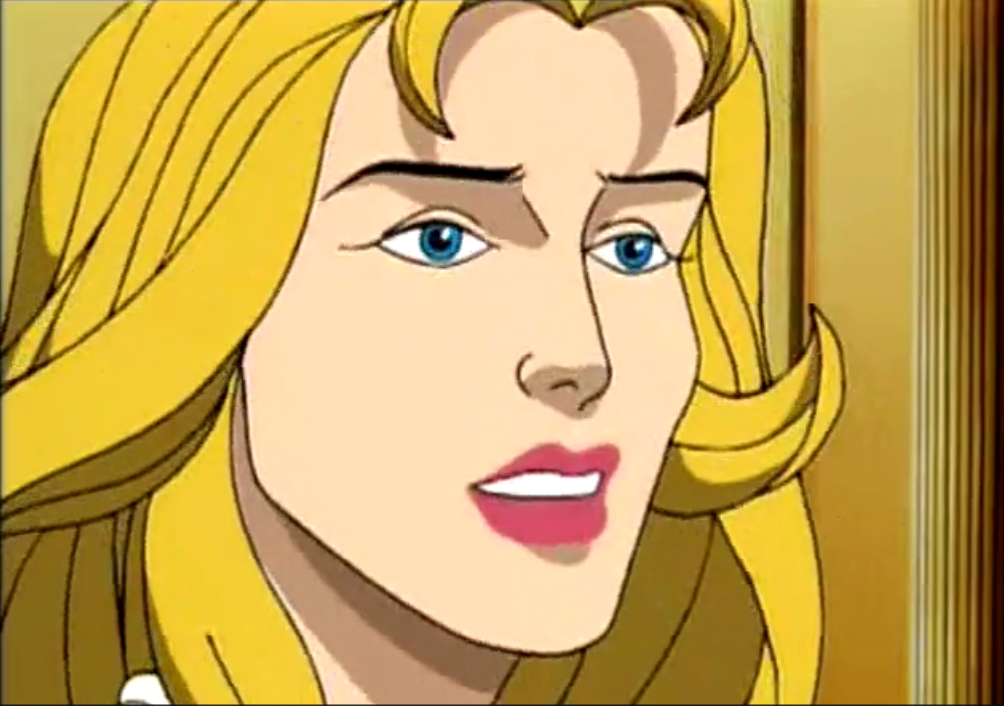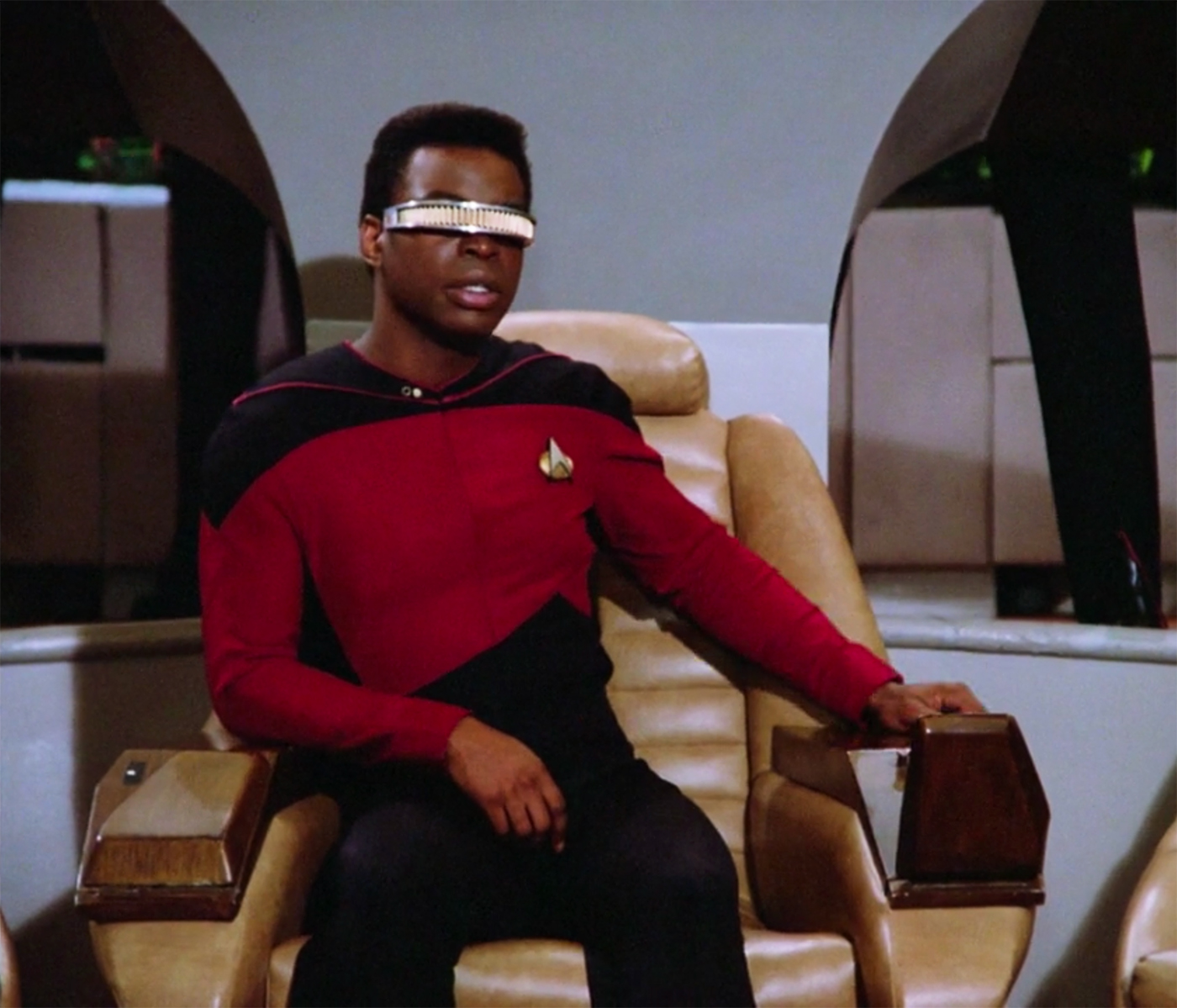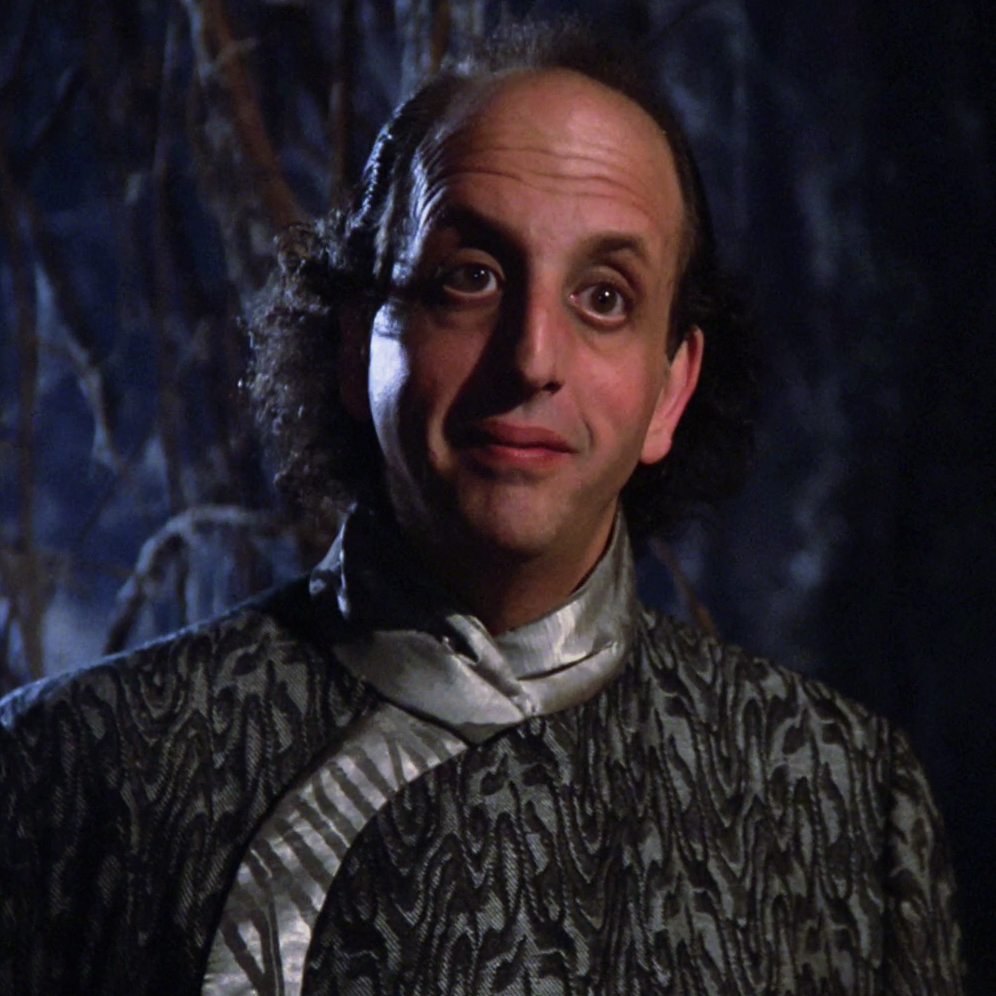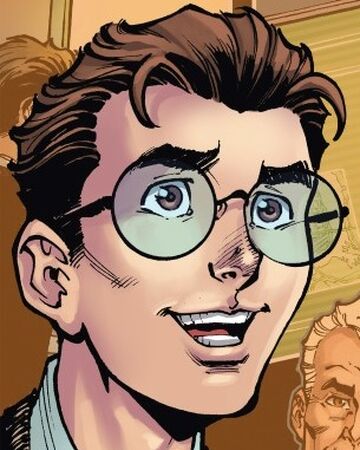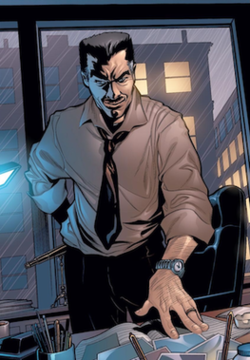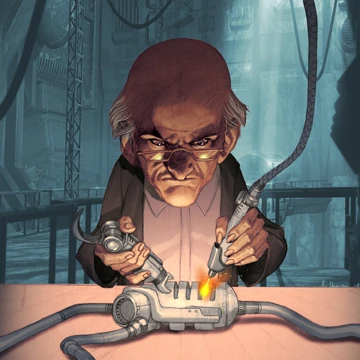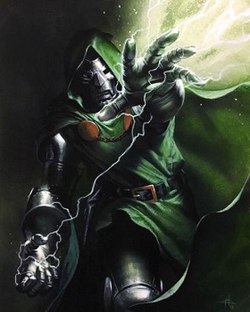Series: Star Trek: The Next Generation
Season 1, Episode 24
Original Air Date: May 2, 1988
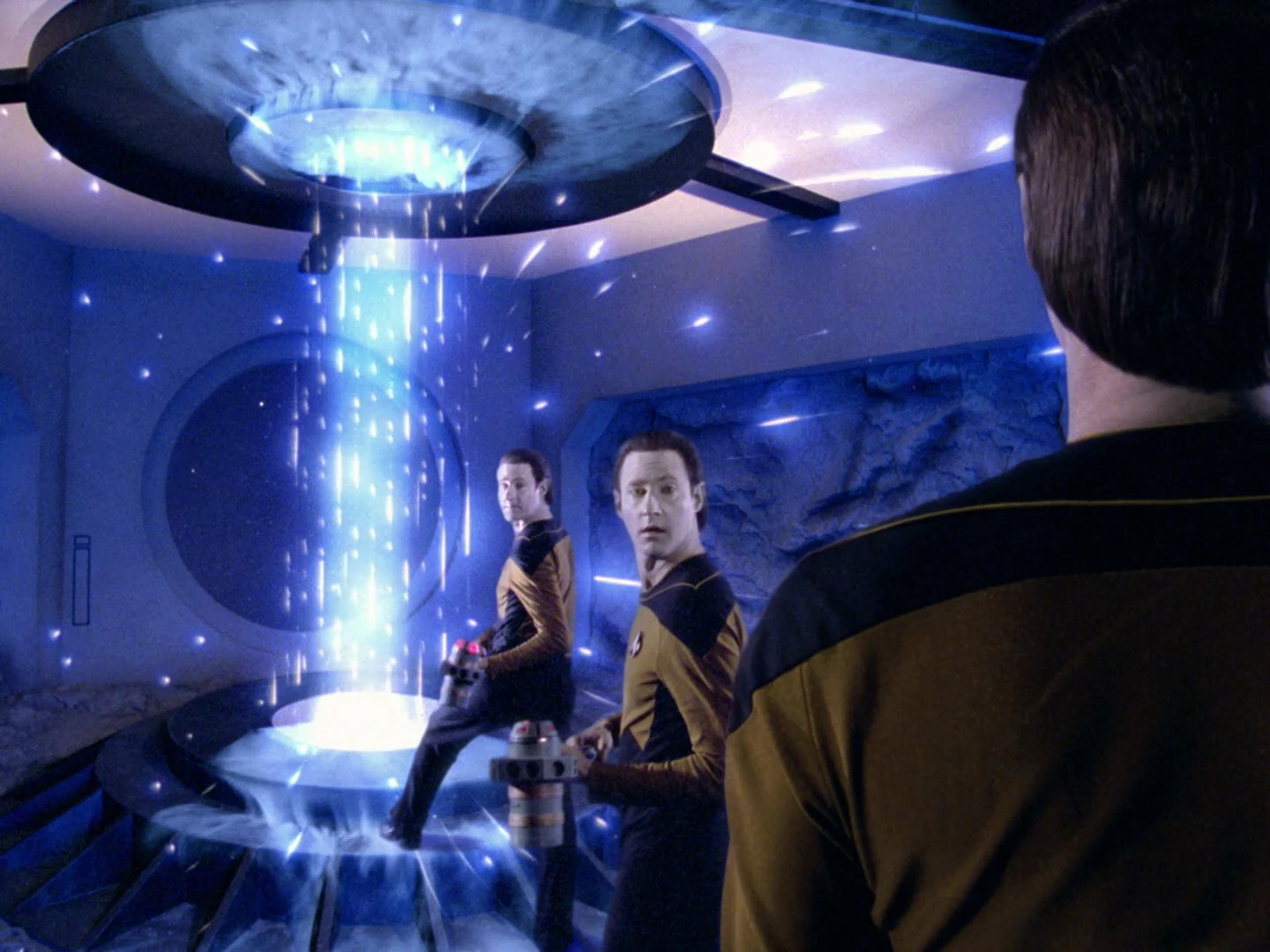 |
| via Memory Alpha |
This story of lost love, including its title, is largely inspired by Casablanca, the 1942 cinema masterpiece starring Humphrey Bogart and Ingrid Bergman. Early in the episode, Riker, Troi and Picard discuss an old bar they know called the Blue Parrot Cafe, also a locale name borrowed from Casablanca. What could have been one of the season's stronger episodes was negatively impacted by the Writer's Guild strike at the time. Filming had already begun before the production staff realized the script wasn't quite finished.
I have a little tidying to do. With Tasha's death in the previous episode (see here), the Scotty chair in the Star Trek legacy pantheon (see here) is now vacant. In the initial exercise, I assigned the quality of loyalty to TOS's chief engineer as his main contribution to the broader narrative. Will Riker is the best choice to pick up the baton from here, his devotion to the ship, his captain and his duty being the prime driver for his character. As noted in my original TNG post, I was tempted to put Riker in this spot from the beginning but then I wouldn't have known what to do with Tasha. So, the legacy of the Scotty character, in this strange, self-devised game of mine, shall run as follows:
Scotty = Tasha = Riker (originally Will Dekker line)
Acting Notes
Michelle Phillips is the first but not the last TNG guest star who has been inducted into the Rock and Roll Hall of Fame, in her case as a member of the Mamas and the Papas. She was born Holly Michelle Gilliam, June 4, 1944 in Long Beach, California. After Michelle's mother died of a brain aneurysm when Michelle was five years old, her father moved the family to Mexico for six years. They moved back to Los Angeles when Michelle was 13. She left for San Francisco to pursue a modeling career while still in high school. There, she met John Phillips who divorced his first wife in order to marry Michelle. She was only 18.
John and Michelle formed the Mamas and the Papas along with Cass Elliott and Denny Doherty in 1965. The band became one of the iconic acts in the folk rock scene of the late '60s, their first three albums certified Gold. Success was short-lived. Michelle and John divorced in 1969 and the band was finished for good by 1971. Many of their songs remain classics of the era, including their calling card, co-written by John and Michelle:
After the split, Michelle embarked upon what turned out to be quite a successful acting career. She was nominated for a Golden Globe for her work in 1973's Dillinger. Television has been particularly kind. In addition to numerous guest appearances, she was in the principal cast of Knots Landing for 88 episodes.
Michelle is the last surviving member of the Mamas and the Papas. Her daughter Chynna Phillips was one of the members of the vocal group Wilson Phillips.
John and Michelle formed the Mamas and the Papas along with Cass Elliott and Denny Doherty in 1965. The band became one of the iconic acts in the folk rock scene of the late '60s, their first three albums certified Gold. Success was short-lived. Michelle and John divorced in 1969 and the band was finished for good by 1971. Many of their songs remain classics of the era, including their calling card, co-written by John and Michelle:
After the split, Michelle embarked upon what turned out to be quite a successful acting career. She was nominated for a Golden Globe for her work in 1973's Dillinger. Television has been particularly kind. In addition to numerous guest appearances, she was in the principal cast of Knots Landing for 88 episodes.
Michelle is the last surviving member of the Mamas and the Papas. Her daughter Chynna Phillips was one of the members of the vocal group Wilson Phillips.






